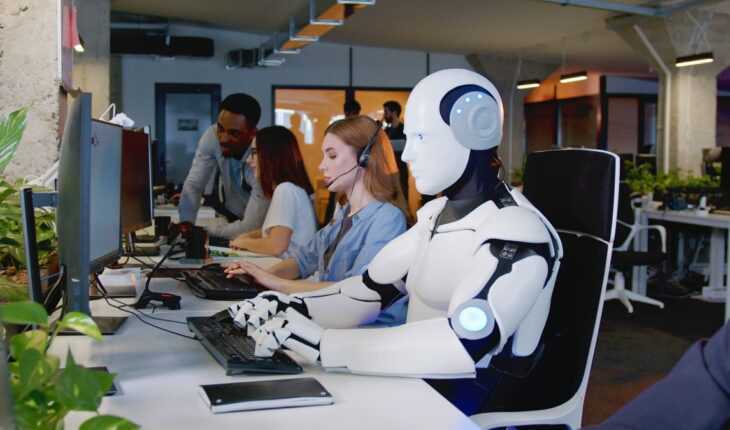Well-known are Tesla’s Model 3 EV delays, including in the company’s own earnings report and quarterly delivery numbers. A fresh report from CNBC on Thursday claimed that Model 3 production was even more delayed than it appeared, with specific continued issues around battery manufacturing.
CNBC also suggested that the company is “not close” to mass-production of the batteries required for its $35,000 trim level Model 3. Tesla initially responded to the news outlet pointing them to prior comments made by Tesla CEO Elon Musk and CTO JB Straubel regarding its current delays and production bottlenecks, but now the company has released a more extensive statement, flatly refuting may of the claims made int he new report.
Tesla takes particular issue with claims that its quality control workers lack necessary experience, or that it’s cutting corners that could result in hazards related to batteries. Tesla’s full statement is included below:
This is an extremely misinformed and misleading article. To be absolutely clear, we are on track with the previous projections for achieving increased Model 3 production rates that we provided earlier this month. As has been well documented, until we reach full production, by definition some elements of the production process will be more manual. This is something Elon and JB discussed extensively on our Q3 earnings call, and it has no impact on the quality or safety of the batteries we’re producing. As noted in our Q4 deliveries release, during the fourth quarter, “we made major progress addressing Model 3 production bottlenecks, with our production rate increasing significantly towards the end of the quarter.”
Furthermore, as is often the case in manufacturing, some parts of the production process require the expertise of employees with engineering or manufacturing experience, and others don’t. We’ve created thousands of new high-quality jobs in Nevada in recent years. As we continue to expand Gigafactory 1 and ramp Model 3 production, we’ve been able to teach new skills to thousands of new employees, many of whom had no manufacturing experience prior to joining Tesla. New hires on the module line receive extensive training, including safety training, and learn about the importance of proper cell-to-cell spacing so they can identify such issues in the production process. More broadly, battery production – and the module line in particular – is overseen by our top engineering talent, and many of Tesla’s most senior leadership.
Finally, the implication that Tesla would ever deliver a car with a hazardous battery is absolutely inaccurate, contrary to all evidence, and detached from reality. It is irresponsible to suggest as much based on unnamed, anonymous sources who have provided no such evidence and who obviously do not have a complete understanding of the extensive testing that all batteries in Tesla vehicles are subjected to. As with Model S and Model X, which have well demonstrated safety records, we maintain a rigorous approach to quality and process control for the Model 3 battery. Even more importantly, to our knowledge, there has not been a single safety concern in the field related to Model 3 batteries at any point over the six months of Model 3 production.
As for the assertion about cells touching in Model 3 batteries, this is extremely misleading and displays a complete lack of basic knowledge about how our batteries work. Every battery in a Tesla vehicle has thousands of cells, the vast majority of which are at the same voltage potential as neighboring cells. Hypothetically, even if two cells of the same voltage potential were touching, there would be absolutely zero impact, safety or otherwise – it would be as if two neutral pieces of metal touched. Despite this fact, all Model 3 battery modules’ cell positions are measured twice in manufacturing to verify process control and quality of outgoing parts. Conversely, if at any point in the production process cells are touching at different voltage potentials, they cannot be electrically interconnected. Over the course of the production process, we conduct three different tests to ensure the right number of cells are electrically connected in Model 3 modules. Additionally, the long term reliability of cell position is something validated through testing, including shock and vibration, and high temperature and humidity testing, as well as thermal cycling endurance testing throughout design and via sampling in production. All of this testing is designed to prevent touching cells from being installed in any of our vehicles, including Model 3. Finally, the safety aspects of our module design would continue to function even in the presence of touching cells, so the concerns raised are further unfounded.
These false claims are being made even though we have a proven history of making the safest vehicles on the road, with Model S and Model X receiving 5-star safety ratings not only overall but in every subcategory. Although not yet tested by NHTSA, Model 3 has been designed and internally tested to have the same result. Data from NHTSA’s testing shows that Model S and Model X have the two lowest probability of injury scores in the history of NHTSA testing. Furthermore, over billions of miles of actual driving, Tesla’s vehicles have been roughly five times less likely to experience a fire than a conventional gasoline vehicle. In light of these facts, it’s preposterous to suggest that a company as committed to safety as Tesla would allow untested or unsafe batteries to go in our vehicles.
Tesla’s Model 3 production is likely its biggest issue in terms of analyst, stockholder and stakeholder pressure. The automaker’s ability to deliver its most affordable EV at scale, and to do so in due time, is probably the biggest reason anyone has right now to doubt its long-term success, so understandably it’s sensitive about the accuracy of reports surrounding the product’s progress.




